Masonry or Finnish Fireplace
jfkeeler
18 years ago
Related Stories
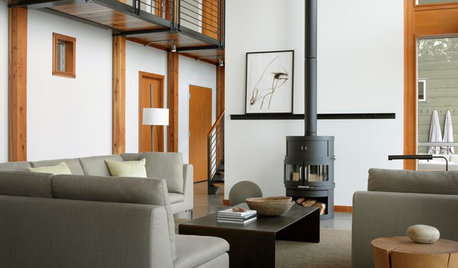
REMODELING GUIDESClean-Burning Woodstoves Ignite a Greener Heating Trend
No need to rely on oil or gas to heat your home — new woodstove designs burn cleanly and are beautiful to boot
Full Story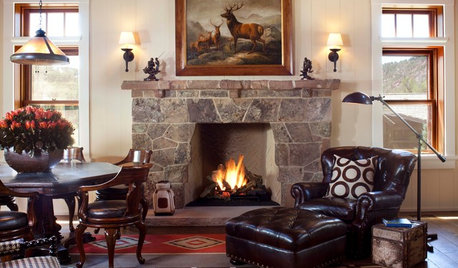
HOUZZ TV FAVORITESHouzz TV: Flickering Virtual Fireplaces to Warm Your Heart
Sit back and enjoy a crackling fire set to seasonal music and surrounded by ideas for your own dream living room
Full Story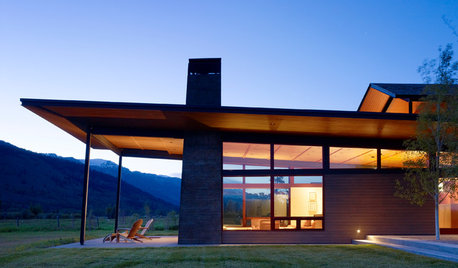
EXTERIORSSkip the Brick for a Statement-Making Chimney
Clad your chimney in metal, concrete or masonry for a dynamic architectural element and a most contemporary design
Full Story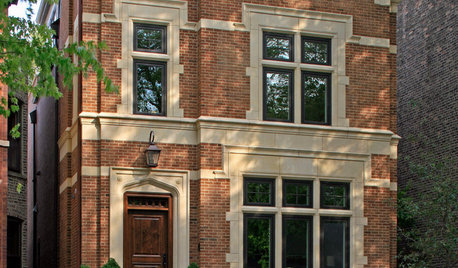
MATERIALSRaw Materials Revealed: Brick, Block and Stone Help Homes Last
Learn about durable masonry essentials for houses and landscapes, and why some weighty-looking pieces are lighter than they look
Full Story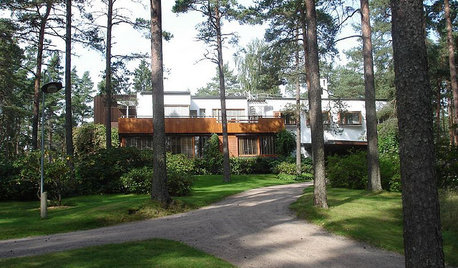
HISTORIC HOMESMust-Know Modern Homes: Villa Mairea
Experimenting led to rich rewards in this Finnish architectural masterpiece by modernist Alvar Aalto
Full Story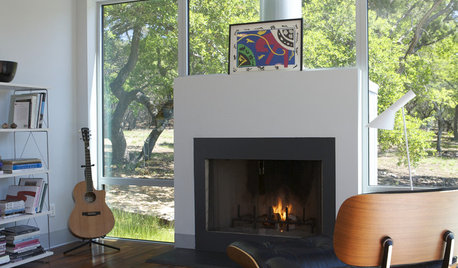
REMODELING GUIDESModern Metal Fireplaces Open World of Possibilities
Allowing way more natural light than traditional fireplaces, and with some not even needing a vent, metal fireplaces are a major improvement
Full Story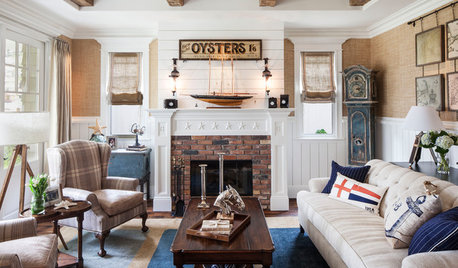
FIREPLACESWhat Goes With a Redbrick Fireplace?
Play up or tone down your redbrick fireplace by pairing it strategically with other colors and materials
Full Story
LIVING ROOMSHow to Convert Your Wood-Burning Fireplace
Learn about inserts and other options for switching your fireplace from wood to gas or electric
Full Story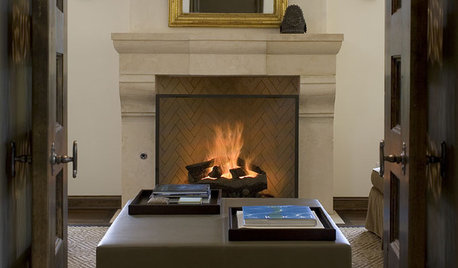
FIREPLACESRumford Fireplaces Are Hotter Than Ever
Higher efficiency and good looks are leading homeowners back to this 18th-century fireplace design
Full Story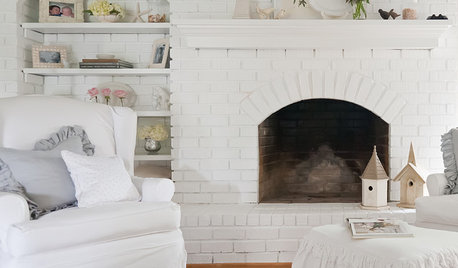
GREAT HOME PROJECTSHow to Remodel Your Fireplace
Bring your fireplace design up to snuff with this makeover lowdown
Full Story



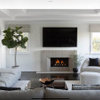
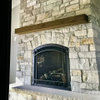
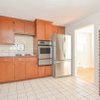
klip
iinsic
Related Discussions
48" wide x 32" high--correct size for masonry fireplace?
Q
finnish fireplace forum / questions
Q
Built-in prefabricated fireplace vs masonry
Q
Rustic timbers gas logs stained our masonry fireplace
Q
mittenpawak
dixielogs
chelone
dixielogs
klip
dixielogs
woodinvirginia
ririplus
digtldesk_earthlink_net
ririplus
dixielogs
fourwheelin
ririplus
ririplus
woodinvirginia
ririplus
fourwheelin
ririplus
fourwheelin
ririplus
fourwheelin
ririplus
fourwheelin
ririplus
woodinvirginia
ririplus
fourwheelin
ririplus
toddklein_comcast_net
woodinvirginia
obewan